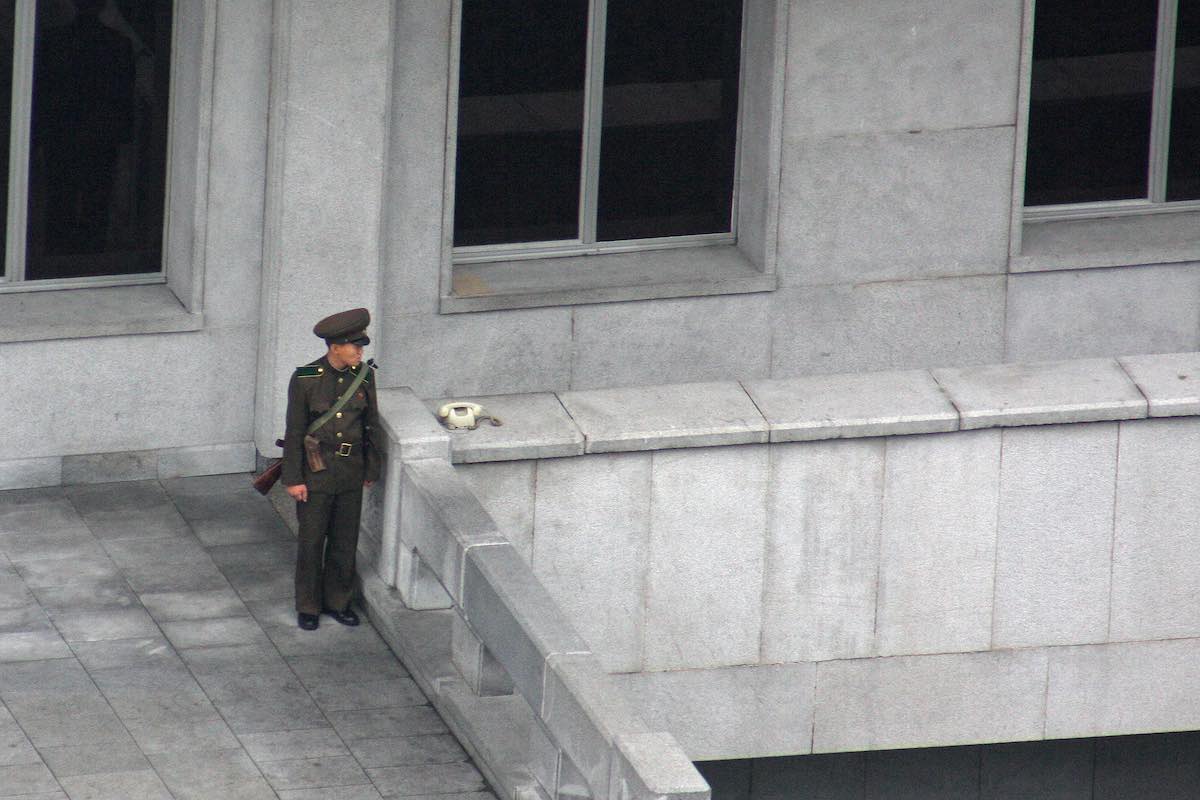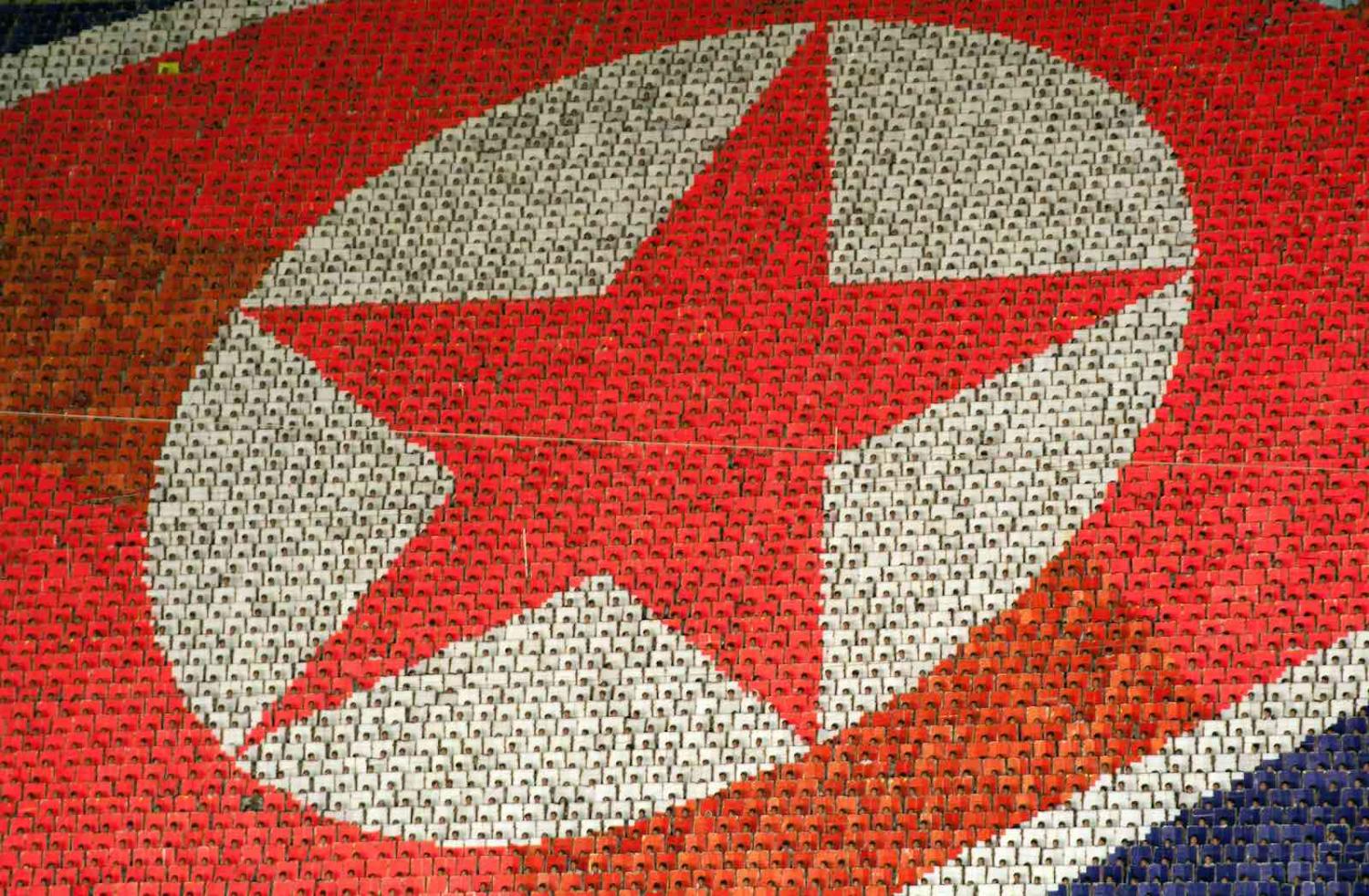North Korea held its 8th Congress of the ruling Workers’ Party last week to set the country’s political and economic trajectory for the coming years after an uncertain 2020. One of the key items on the agenda was how Pyongyang would manage relations with the new US administration under Joe Biden, given that denuclearisation talks have come to a halt since the 2019 Hanoi summit between Kim Jong-un and Donald Trump.
The Workers’ Party Congress saw the newly promoted General Secretary Kim vow to expand the country’s external relations, but condemn the United States as its “biggest enemy”. Kim also rolled out a plan to boost the country’s military power, including long-range missiles with a 15,000 kilometre range, a nuclear-powered submarine and tactical nuclear weapons.
Kim’s emphasis on nuclear development is not new considering that Pyongyang has never stopped building its nuclear and missile programs during the days of diplomacy with Trump.
With North Korea inching towards a capability to attack US mainland, the immediate goal for the US is to delay and freeze Pyongyang’s nuclear and missile development.
Yet what was remarkable about Kim’s speech was the omission of denuclearisation, instead putting an emphasis on North Korea being a “responsible nuclear weapons owner”. Kim seemed to anticipate little change in US–North Korea relations regardless of the new team in the White House so long as the United States sticks to its “hostile policy”.
Taken together, experts argue these recent developments suggest North Korea now wants to sign an arms control agreement with the United States. Such an agreement would be tantamount to formal recognition as a nuclear power. Gone are the days of complete, verified, irreversible denuclearisation.
This suits Pyongyang. In addition to the direct perks of being treated as a nuclear power in a deterrence relationship, North Korea’s wish for an arms control deal has another important side-effect. Historically, states have used arms control as a means to drive a wedge among the enemies. North Korea is no exception. While being able to keep some of its nuclear weapons, Pyongyang seeks to leverage an arms control agreement as a trade-off for Washington scrapping a “hostile policy”. This ranges from seeking a halt in joint military exercises with South Korea to a reduction of US military presence on and around the Korean peninsula. These measures are to weaken the US security guarantee to South Korea, a goal North Korea has long pursued.

An arms control deal also fits North Korea’s ongoing “charm offensive” because it is essentially a commitment to avoid war and to stabilise inter-state relations, which is similar to what North and South Korea pledged in the 2018 Panmunjom and Pyongyang Declarations. For the past three years, Kim’s efforts to downplay threats has led South Korean President Moon Jae-in to seek a resumption of inter-Korean economic exchanges and to persuade Washington to lift sanctions on Pyongyang prematurely despite the fact that such a move could exacerbate differences over North Korea policy between the two allies.
At the moment, North Korea understands that it has a strong leverage over Moon given his desire to score a diplomatic victory in the last year of his tenure, which is set to expire in mid-2022. During the party congress, Kim kept open future inter-Korean diplomacy but demanded Seoul to move beyond “non-essential” offers such as healthcare and tourism. Kim seemed to make any improvements in relations conditional on Seoul breaking away from Washington by cancelling joint military drills and reviving inter-Korean trade in defiance of sanctions.
With North Korea inching towards a capability to attack US mainland, the immediate goal for the US is to delay and freeze Pyongyang’s nuclear and missile development. An arms control deal could be more appealing than repeatedly tried-and-failed denuclearisation agreements. Here, the United States and South Korea could also break a deadlock between themselves over the pace of sanctions removal for the North.
In a New Year speech Moon has shown his interest in another summit with Kim. To broker a US–North Korea arms control to facilitate inter-Korean engagement could therefore be his last major diplomatic achievement. Biden is likely not to return to sanctions in the early days of his tenure and can embrace dialogue with Pyongyang under a “phased denuclearisation strategy.” Consequently, Biden could point to an arms control agreement as a small but pragmatic deal that will make way for more comprehensive agreements towards denuclearisation in the future. However, a scale-back of US military commitment to South Korea would ultimately hurt Seoul’s security.
Even in the absence of an arms control agreement, North Korea can still weaken the US security commitment. If North Korea can confidently attack any targets within 15,000 kilometres, it can threaten the US mainland and again raise the dilemma whether Washington would trade New York for Seoul. Pyongyang’s pursuit of a nuclear-powered submarine has revived Seoul’s controversial debate over the need to go down the same path, despite US disapproval due to proliferation concerns. Additionally, Pyongyang’s future development of tactical nuclear weapons can put the South under its mercy.
Still, North Korea certainly does not want to increase tension with the United States and South Korea in the context of economic vulnerability. It desires an arms control agreement to get sanctions lifted and to recover from the pandemic border closure. While arms control is a good way to maintain stability, it would be folly to ignore the negative side-effects for the US–South Korea alliance.
Main image via Flickr user Gilad Rom

